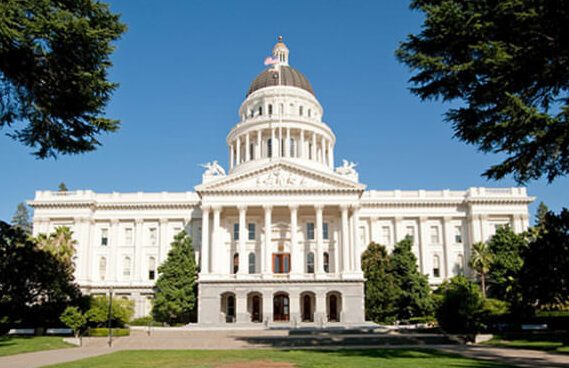SACRAMENTO, CA – Assemblymember Damon Connolly (D-San Rafael) has introduced new legislation to reduce fees and taxes on residential solar projects and restore incentives to Californians who are helping to generate clean energy for our grid. The California Public Utilities Commission (CPUC) implemented changes in late 2022 called Net Energy Metering (NEM) 3.0, which cut the incentives that utilities were required to pay homeowners with new solar panels when they sold surplus power to the grid. These incentives were cut by approximately 75 percent, plummeting demand for solar adoption throughout the state. According to state data demand for solar installations declined by 90 percent since 2022. In addition to the projected loss of 17,000 jobs, NEM 3.0 has also jeopardized California’s ability to meet its ambitious clean energy goals. Solar power has long been identified as a key tool in meeting the state’s requirement to switch to 90 percent carbon-free electricity by 2035 and 100 percent by 2045. According to the California Energy Commissions (CEC), large-scale and rooftop solar is projected to provide more than half of the grid’s power by 2045. Assembly Bill (AB) 2619 will address these issues by repealing the damaging NEM 3.0 decision and requiring the CPUC to create a new rule structure based on the landmark clean energy goals set by Senate Bill (SB) 100, which committed the state to achieving 100 percent clean carbon-free energy by 2045. AB 2619 will ensure that incentives are restored for residents who generate clean power for the grid and restrict the imposition of new charges, taxes, fees, or rates on community solar customers that are different from what is assessed on all other ratepayers for electricity or any other service including energy transmission.
“When talking with North Bay residents and Californians throughout the state, it’s clear that additional taxes on solar and the removal of incentives that have helped offset the cost of solar installation has had severe consequences on our ability to generate clean energy,” said Assemblymember Connolly. “The NEM 3.0 decision has clearly disincentivized clean energy adoption with rooftop solar sales down between 66 to 83 percent and thousands of workers left without good-paying jobs. AB 2619 will restore our commitment to a sustainable, clean energy future and provide relief to Californians who are suffering under these new rules. We must commit to our goal of achieving 100 percent carbon-free energy by 2045.”
Net energy metering (NEM) is a type of billing setup that allows solar system owners to earn credits from their utility provider for the excess solar energy their panels generate and add to the electric grid. These credits are often used later to offset the cost of electricity that solar owners pull from the grid when they need more power than what their panels produce, like at night. NEM and other programs are what allow homeowners to earn energy savings with solar and incentivize individuals to install solar projects, which can be extremely costly. NEM 3.0 replaced the previous net metering tariff in California, and went into effect in April 2023. An analysis conducted by the analytics firm Wood Mackenzie estimates that under NEM 3.0 the residential solar market in California will be cut in half by this year and payback periods for typical residential solar projects will increase from five to six years to 14 to 15 years, depending on the utility company. Additionally, according to a survey by the California Solar and Storage Association, these decisions have reduced rooftop solar sales between 66 percent and 83 percent compared to the same time in 2022. Additionally, nearly 43 percent of solar companies surveyed in California said it would be difficult to stay in business over the winter.
AB 2619 repeals NEM 3.0 and prohibits the imposition of charges, taxes, and fees that would further hamper the solar industry, while restoring the incentives for residential solar projects that have helped increase solar adoption in California and generate clean energy for the grid.
AB 2619 now awaits assignment to a policy committee in the State Assembly.



















